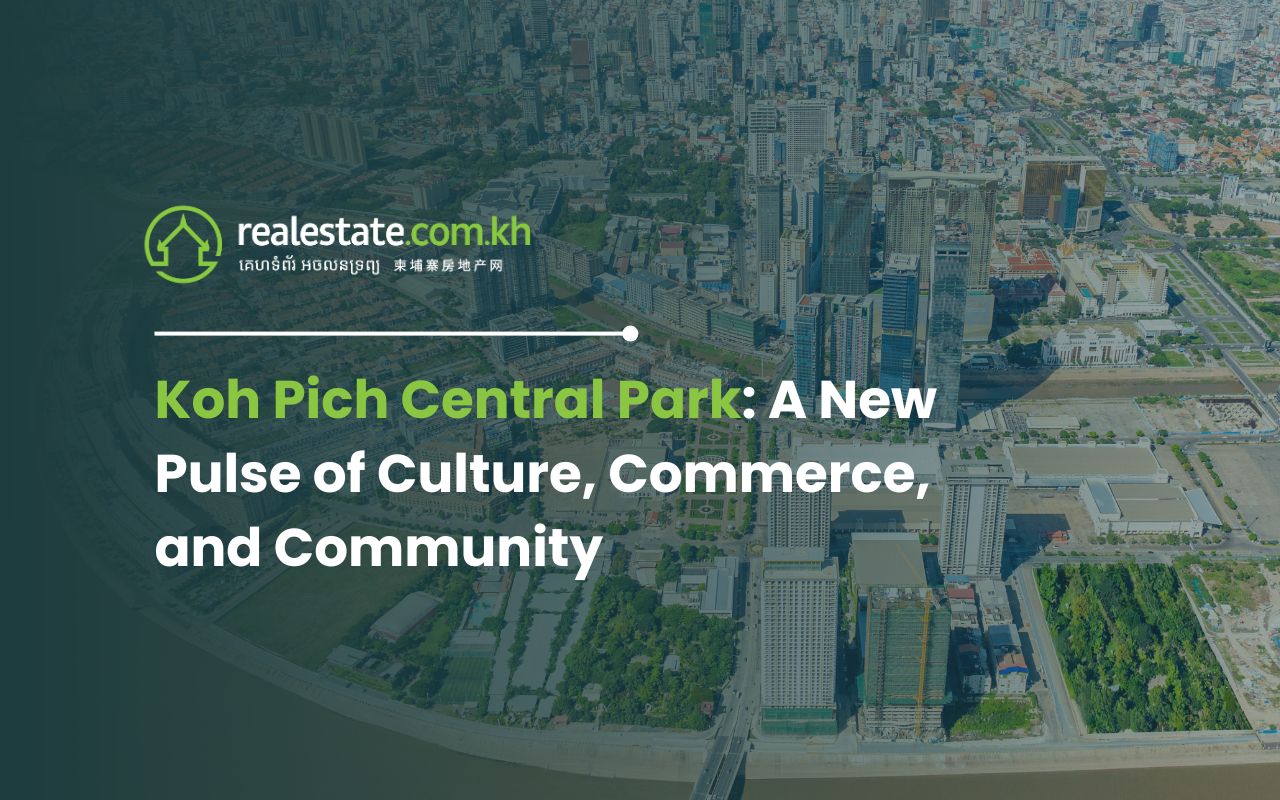Policies, construction, infrastructure, and population: These have all played an important role in the stages of growth in Phnom Penh. Having been resilient to extreme pressure in the past decade, the city has made for itself a society and an economy that is now conducive for progress.
But of course, all success stories share a page in their book with struggles and difficulties. This is exactly what CEO of Cambodian Investment Management, Mr. Anthony Galliano, has pointed out in his interview with realestate.com.kh about how Cambodia has evolved and about what current issues it will have to address in order to move forward in the next few years.
In an anecdotal account shared by Galliano, he shares that it was very different a few years back when he arrived in the country. He states that “there was no Canadia Tower, there was no Vattanac Tower” and the country was largely only known to the outside world for the temples of Angkor Wat.
But since then, Phnom Penh has sort of reinvented itself into a place that is extremely welcoming to foreigners, building upon the architectural and structural remains of its history. For example, currently 4,017 serviced apartment units make up the body of the capital city and this is continuing to grow. This is far from the less than one thousand units that were available back in 2009. And different types of developments have also been built during this period. Galliano says, “From 2008 till now, it’s just been incredible.”
But he also warns that this is also scary for several reasons. Population:While there has been a surge of construction projects for both commercial and residential spaces, Galliano states that the lack of sustainable growth in the Phnom Penh population might soon cause an imbalance in the market and cause an oversupply. It is also important to understand that unlike in Jakarta and Thailand where people flock towards the bigger cities for opportunities, Phnom Penh does not have that component. At least, not yet.
Income Status:Even with the recent announcement of the World Bank that Cambodia is now a lower middle class income status economy, Galliano explains that it may still not be enough for these lower middle-class workers to afford the types of developments that have been and are currently being built in the city. He adds that an unabated expectation of these concepts make it even more dangerous for the city in the next couple of years after 2016.
Credit:Since the city started growing, enforcement has been stricter, but a few things have also become laxer such as the availability of credit. But Galliano clarifies that the scale of credit growth is something that has already been recognized and being addressed by the National Bank of Cambodia. He says that though credit is freely available, it is still “not to the extent of other markets.”
Addressing the Concern: In conclusion, Galliano states that effective urban planning and intentional targeting of issues such as traffic through the construction of infrastructures will greatly alleviate and offset these concerns. Should these hurdles be overcome by both the market and the government, then Phnom Penh will continue to reap the benefits in the future. If not, there may be troubled times for the economy ahead. Invest wisely, and know the Cambodian market inside-out with our in depth investor guides.




Comments